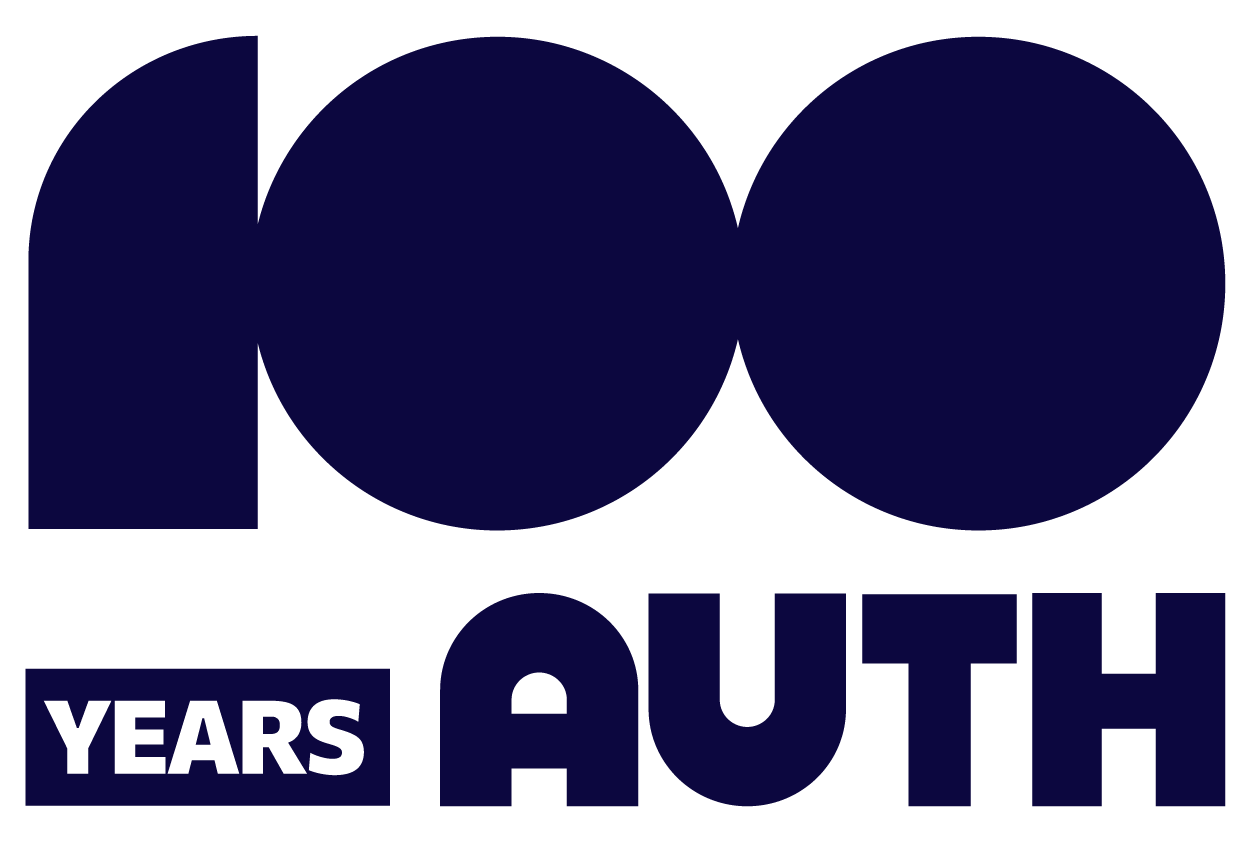
This course explores a significant change that took place in American cinema between the mid-1960s and early 1970s, a brief period of innovation generally known as the Hollywood Renaissance. This period marks the culmination of a radical transformation and re-organization that the entire motion picture industry went through, due to a deep-seated crisis that had its roots back in World War II and enabled the transition of the Hollywood industry from the classical to the post-classical era. ิhe scope of this course is to trace the political, economic, social, technological and cultural parameters of this crisis in order to assess their impact on this transition. The evolution of the motion picture industry, therefore, is examined as a reflection of the significant political, economic, social, technological and cultural changes in American society at large (post-WWII suburbanization, baby boom, the Red Scare, politics, civil rights movement, etc.) and the specific impact that those changes had on the motion picture industry (changing audiences, the Paramount Decree and studio re-structuring, roadshows, independent productions, HUAC, television, box-office decline, changing technologies, etc.). Overall, the Hollywood Renaissance is comprehended through the years that preceded it, and in turn explains the subsequent direction of the motion picture industry from mid-1970s onwards (also briefly reviewed at the end of the course): by going through the gradual rebirth of American cinema after WWII, the course also offers an in-depth consideration of the characteristics of American society of the era, and their connection to the film industry.
Assessmen: Final Exam
| Semester | Group | Day | From | To | Room | Instructor |
| Winter | Tuesday | 18:30 | 21:00 | 417 | Dimitriadis Giorgos |